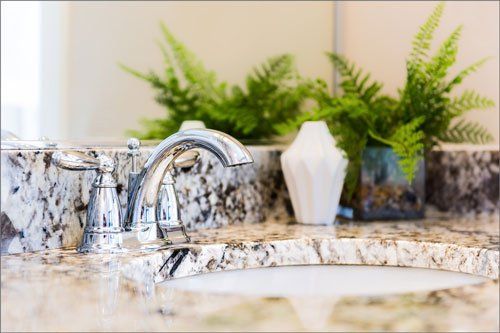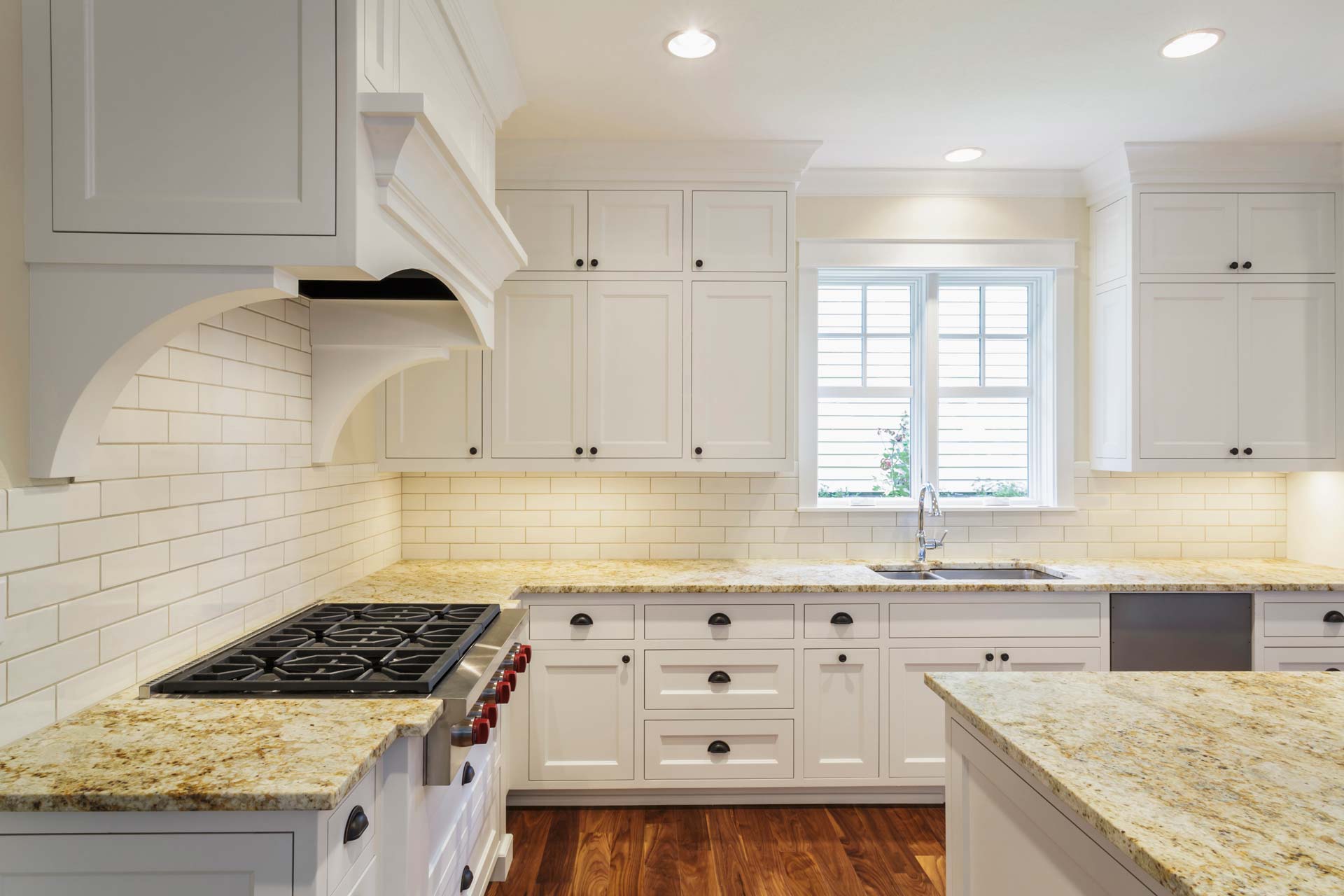Etched Marble: An FAQ for Homeowners
Marble etching is expected in homes with marble countertops, floors, walls, fireplaces, and other fixtures. If you're a homeowner with marble features in your home, know what etching is and what it looks like. If you don't like etching or the way it looks, you should also know how you can prevent it. This FAQ can help you take care of your home's stone tiles so they can retain their beauty and romantic allure.
What Causes Marble to Become Etched?
Marble might feel hard, but it's actually a relatively soft, porous stone that can absorb liquids and even some pasty solids (like tomato paste). When marble absorbs an acidic liquid, like lemon juice or vinegar, the stone can become etched. Etching is a subtle changing of the marble's surface.
Imagine that acidic liquids are like sandpaper. When you spill an acidic liquid on your marble, the sandpaper will eat away at the surface of the marble a little bit at a time.
How Can You Tell if Your Marble Has Been Etched?
Marble that has been etched is usually dull. Light does not bounce off of the surface of etched marble in the same way that it bounces off polished marble.
Properly polished marble will be reflective and shiny, like the surface of a highly polished wooden tabletop. When your fingers run over the surface of polished marble, it will feel glassy. When your fingers run over the surface of the marble in an etched area, the surface may feel soft and slightly textured, like a smooth piece of flannel.
Often, etching appears in high-traffic areas of marble fixtures. For example, a homeowner with marble countertops in their bathroom will notice that the most frequently used areas seem dull and soft, while the less frequently used areas are shiny and smooth. This is the difference between an etched and un-etched area.
Etched areas may also show irregularities in the surface of the marble. You may see shadows on the marble in the area where the etching is located. This is because the changes in the surface of the marble cause light to bounce off the marble erratically. Sometimes, the etched portions of marble become stained. Etched marble can stain more easily than polished marble because etched marble absorbs staining liquids quickly.
What Can You Do If Your Marble Is Etched?
If the marble fixtures in your home have become etched, you can approach this problem in a variety of ways. First, you can polish the marble with a soft cloth and marble polishing powder. Follow the polishing powder's instructions to ensure that the polish is properly applied without damaging the marble.
You can refinish your marble counters periodically to restore the polished surface to its original beauty. Finally, you could decide to live with the etching stains without doing anything about them. Etching is a cosmetic problem, but it does not affect the functionality of the counter top. Marble can always be refinished at a later time.
How Can You Prevent Etching In the Future?
If you're a homeowner who likes polished marble and wants to keep it looking nice, you can protect the surface of your stone by wiping up spills as soon as they happen and by keeping acidic liquids away from your stone. If you have to juice a lemon, for example, do it on your wooden table, not your marble counters.
Also, keep marble polish on hand. Etching is almost inevitable on regularly used marble, so having polish on hand can get rid of the etching before it becomes hard to eliminate.
If you have more questions about how you can keep your marble looking beautiful, contact an expert. At Best Marble and Granite Company, we're always happy to answer homeowner questions about marble. Call us todayfor more information.








